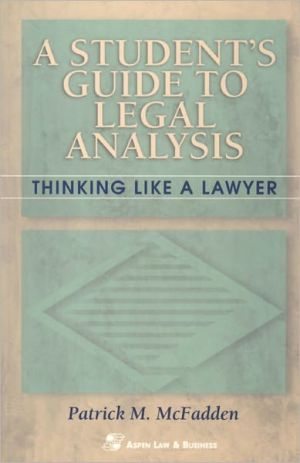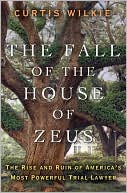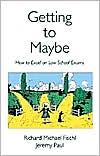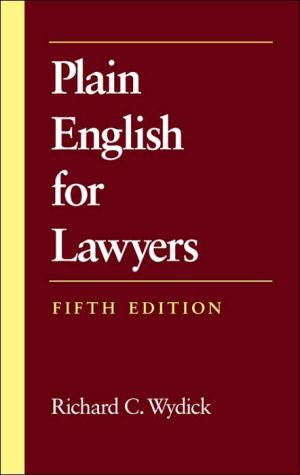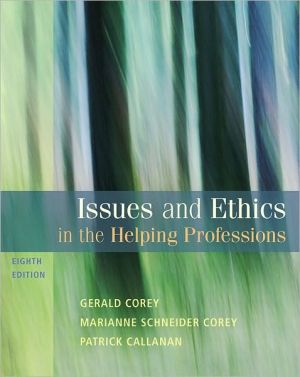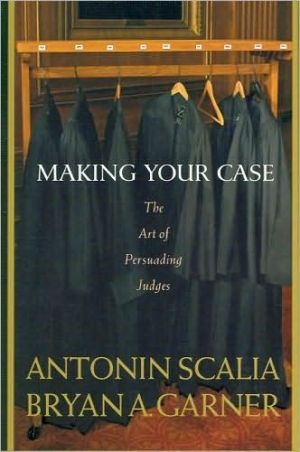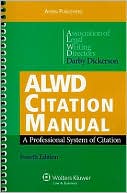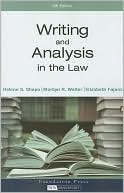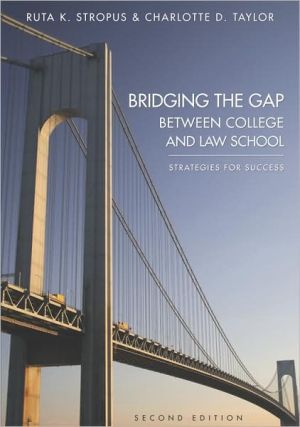Student's Guide to Legal Analysis: Thinking Like a Lawyer
Provides law students with a way of organizing and thinking about their coursework and about the cases, laws, and regulations they confront every day.\ \ a concise, accessible text designed to aid all law students regardless of subject matter\ based on the premise that despite the law's complexity, there are three primary questions that recur in different guises throughout legal practice: -Is there a law?- Has it been violated?- What will be done about it?\ brings order to the chaotic stream...
Search in google:
Provides law students with a way of organizing and thinking about their coursework and about the cases, laws, and regulations they confront every day. • a concise, accessible text designed to aid all law students regardless of subject matter • based on the premise that despite the law's complexity, there are three primary questions that recur in different guises throughout legal practice: -Is there a law?- Has it been violated?- What will be done about it? • brings order to the chaotic stream of legal issues that law students confront in the cases and materials they study • introduces the dynamics of legal argument • gets students to recognize the basic questions posed in a legal dispute as well as the predictable reasons lawyers give for reaching one resolution or another • contains a helpful glossary of legal terms and extensive Index, as well as a list of suggested readings Booknews In demystifying legal rigamarole, a Loyola U. Chicago School of Law professor explains that there are basic types of legal questions (Is there a law? Has it been violated? What can be done about it?) and legal arguments. McFadden discusses how such questions and answers affect case participants and law student class preparation. Includes a running case example, a glossary, and suggested readings including . Annotation c. Book News, Inc., Portland, OR (booknews.com)
AcknowledgmentsIntroductionCh. 1The Only Three Questions in LawThe Law and the World2The Only Three Questions in Law10Ch. 2Is There a Law? (Questions of Obligation and Right)Has an Obligation or Right Been Created at All?18Has the Obligation or Right Been Transferred, Modified, or Terminated?46Ch. 3Has the Law Been Violated? (Questions of Liability)Who Decides Whether an Obligation or Right Has Been Violated?62How is the Liability Decision Made?72Was the Obligation or Right, in Fact, Violated?77Ch. 4What Will Be Done About a Violation of Law? (Questions of Remedy)The World of Remedies124What Remedies Are Available?131How Can the Available Remedies Be Enforced?149Ch. 5From Questions to Answers (On Legal Argument)In the Trenches169Big Argument173Glossary191Suggested Readings197Index199
\ BooknewsIn demystifying legal rigamarole, a Loyola U. Chicago School of Law professor explains that there are basic types of legal questions (Is there a law? Has it been violated? What can be done about it?) and legal arguments. McFadden discusses how such questions and answers affect case participants and law student class preparation. Includes a running case example, a glossary, and suggested readings including . Annotation c. Book News, Inc., Portland, OR (booknews.com)\ \
